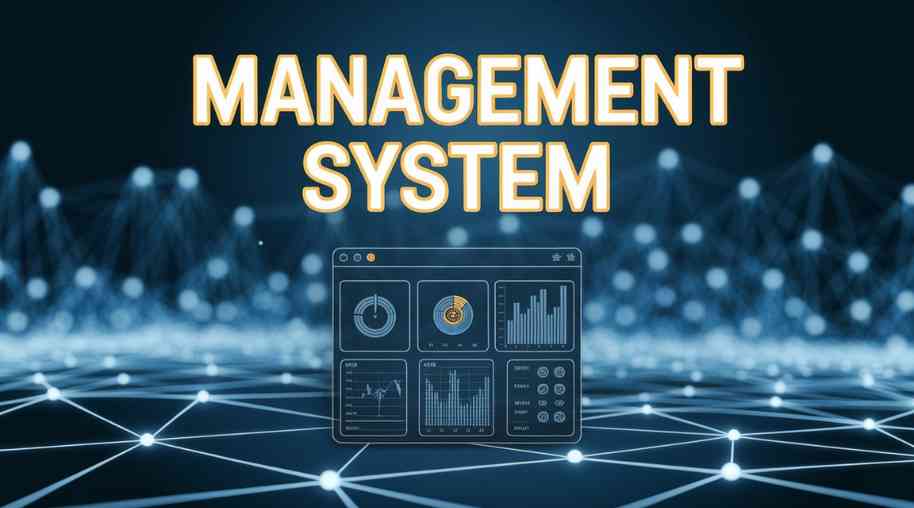OAMS Full Form-Operation-and Management System
by Shashi Gaherwar
0 1841
Operation and Management System: Enhancing Efficiency and Performance
An Operation and Management System (OMS) is a structured framework designed to streamline processes, optimize resources, and boost efficiency across industries like manufacturing, healthcare, and IT. Integrating people, technology, and data, OMS enhances decision-making and operational control.

This article explores the components, benefits, implementation, and future trends of OMS in modern business operations.
Key Components of an Operation and Management System
An effective OMS comprises interconnected components for seamless operations:
- Process Management: Standardizes workflows to enhance coordination.
- Performance Monitoring: Tracks progress using KPIs and real-time insights.
- Resource Allocation: Optimizes human, financial, and technological resources.
- Risk Management: Identifies risks and ensures regulatory compliance.
- Data and Analytics: Supports decisions with AI-driven forecasting.
- Communication and Collaboration: Enhances transparency across teams.
- Automation and Integration: Automates tasks and integrates with ERP/CRM systems.
Benefits of an Operation and Management System
OMS offers significant advantages for organizations:
- Increased Efficiency and Productivity: Streamlines operations and reduces errors.
- Cost Reduction: Optimizes resources to lower operational expenses.
- Enhanced Decision-Making: Real-time analytics enable informed strategies.
- Improved Customer Satisfaction: Enhances service delivery and response times.
- Regulatory Compliance: Ensures adherence to industry standards.
- Scalability and Flexibility: Adapts to changing market conditions.
Implementing an Operation and Management System
Successful OMS implementation involves a structured approach:
- Assess Business Needs: Identify bottlenecks and define objectives.
- Choose the Right Technology: Select AI-driven, cloud-based platforms.
- Design and Develop: Customize workflows and integrate with existing systems.
- Train Employees: Conduct workshops to ensure user adoption.
- Monitor and Optimize: Analyze data to improve performance.
Future Trends in Operation and Management Systems
OMS is evolving with technological advancements:
- Artificial Intelligence and Machine Learning: Enables predictive analytics and automation.
- Internet of Things (IoT): Enhances real-time asset monitoring.
- Blockchain: Improves transparency in supply chain management.
- Cloud-Based Solutions: Offers scalability and remote access.
- Cybersecurity Enhancements: Protects data with AI-driven threat detection.
Conclusion
An Operation and Management System (OMS) is vital for enhancing efficiency, optimizing resources, and driving profitability. By leveraging AI, IoT, and cloud computing, OMS streamlines workflows and adapts to market changes, ensuring organizations remain competitive in a dynamic business landscape.
Further Learning Resources
If you’re passionate about building a successful blogging website, check out this helpful guide at Coding Tag – How to Start a Successful Blog. It offers practical steps and expert tips to kickstart your blogging journey!
For dedicated UPSC exam preparation, we highly recommend visiting www.iasmania.com. It offers well-structured resources, current affairs, and subject-wise notes tailored specifically for aspirants. Start your journey today!

Share:








Comments
Waiting for your comments